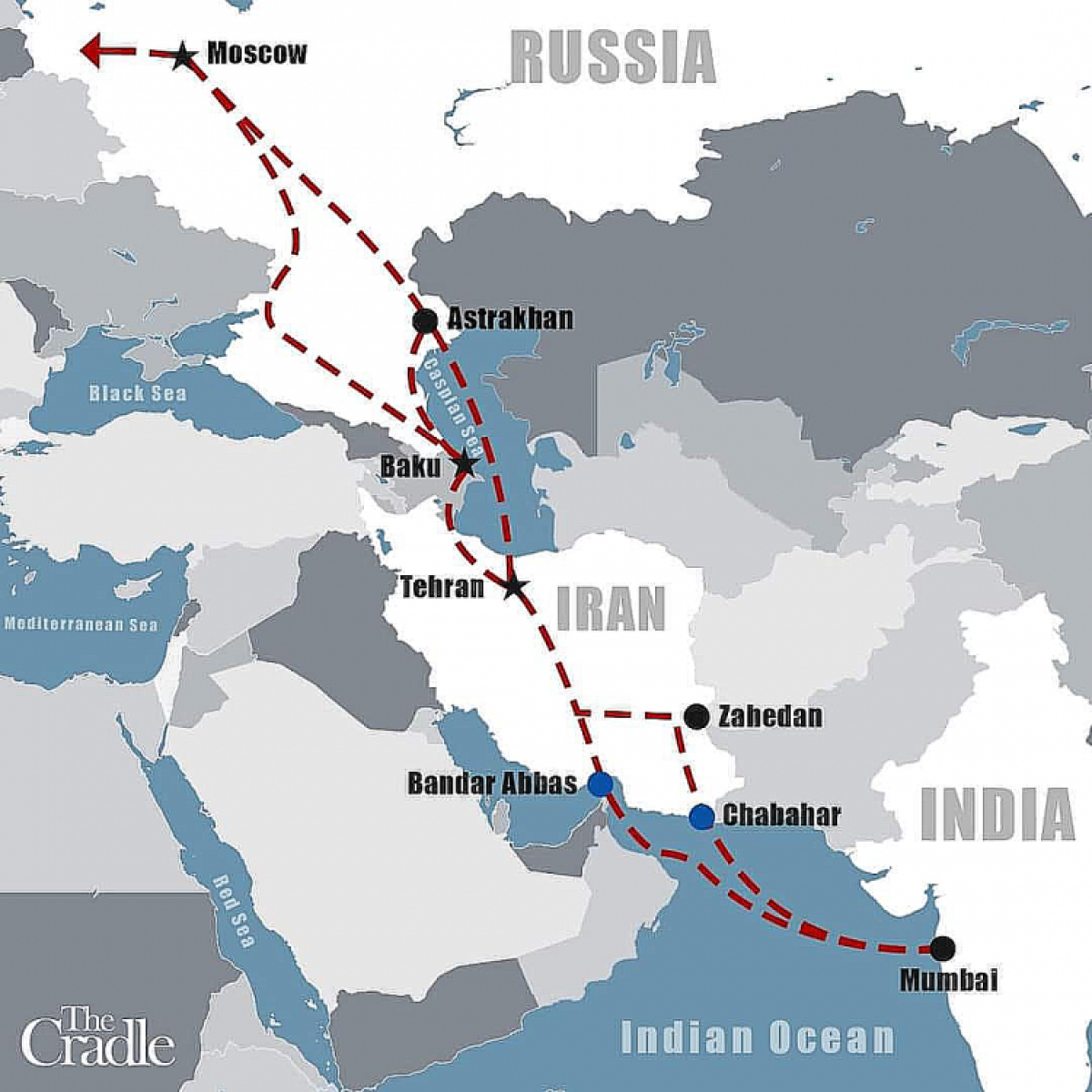 257
257
The International North-South Transport Corridor (INSTC), which begins in St. Petersburg, Russia, and stretches across Central Asian republics to the shores of the Oman Sea in the south of Iran, has drawn the attention of many observers and economists. Since the summer of 2021, Iran has been able to reclaim its ancient position as a conduit for worldwide commerce and network communications.
In recent decades, the Suez Canal has functioned as the principal link between the Western and Eastern hemispheres. However, sailing across the Suez Canal is more expensive and time-consuming than travelling by land. Due to Iran’s geopolitical prominence and adequate infrastructure, it is feasible to replace the Suez Canal with Iran’s rail networks. This alternative is the quickest and most efficient solution to decrease the cost and difficulties associated with navigating the Suez Canal.
With the opening of the Suez Canal in the 19th century, land passageways traversing Iran dramatically declined in importance.
According to the Russian daily, Izvestia, the INSTC would halve the delivery time of products from India to Russia, as the transit time of freight l is between 30 and 45 days, whereas the transit time of cargo via the INSTC is between 15 and 24 days.
The significance of Iran’s land corridors was brought to the forefront once again when the giant ship “Ever Given” blocked the Suez Canal, reaching its apogée in the midst of the ongoing Russia-Ukraine conflict. At first glance, it may seem that Russia and northern European states will profit the most from the INSTC.
Nonetheless, an in-depth assessment of the use of transit capacity and its advantages reveals that Iran may earn more politico-economic gains and financial income from the INSTC, rendering Iran a prominent strategic position in international communications.
In this regard, Mohammad Mokhber, the Iranian first Vice President, stated: “President Dr Ebrahim Raisi has made it clear that he prioritises boosting Iran’s volume of international trade and particularly the level of commercial engagement with its neighbouring nations.” The 13th Iranian administration is now initiating the Astara-Rasht railway line project. “Iran will become a central hub in international trade routes upon the completion of this monumental project and its connection to Iran’s northern neighbours, most notably Russia, reducing the time it takes to transport goods from East Asia to Europe from 45 to 17 days through Iran, which will be appealing to traders in both Asia and Europe.”
The following examples illustrate the efficacy of Iran’s land corridors in facilitating international commerce: the first container shipped from Finland reached India through Iran in July 2021, followed by shipments from the UAE to Turkey in November, the shipment of large cargo from Pakistan to Turkey via Iran in January of the same year, and lastly, the shipment of Russian merchandise entering from Iran’s northeastern borders, destined for the strategic port city of Bandar-Abbas, and then shipped to India.
In light of the fact that one of the most important steps taken by the Iranian 13th administration since assuming office has been to neutralise Washington’s illegitimate sanctions, the Iranian policy-makers need to place an absolute priority on the potential that Iran’s land and railroad corridors can offer to increase the state’s long-term objectives.
In the meantime, Amin Taraffo, the Director-General of Commercialisation and Associations Affairs Bureau at Iran’s Ministry of Road and Urban Development, referred to the special condition in which Russia currently finds itself, stating that the activation of the INSTC will become an alternative route for Eurasian countries to access ice-free open seas. INSTC has three branches: The western wing, the Eastern wing and the middle route, which will provide a reliable alternative to the Suez Canal and enable Russia to bypass the waters dominated by its Western adversaries.
Mr Taraffo noted that INSTC would reduce the potential threats posed by the current western sanctions, making them utterly ineffective, and lower transit costs and time for Russia and other countries. The Islamic Republic of Iran has lately taken significant steps in this direction, and it is expected that INSTC would generate $20 billion annually for the Iranian government coffers.
Comment
Post a comment for this article